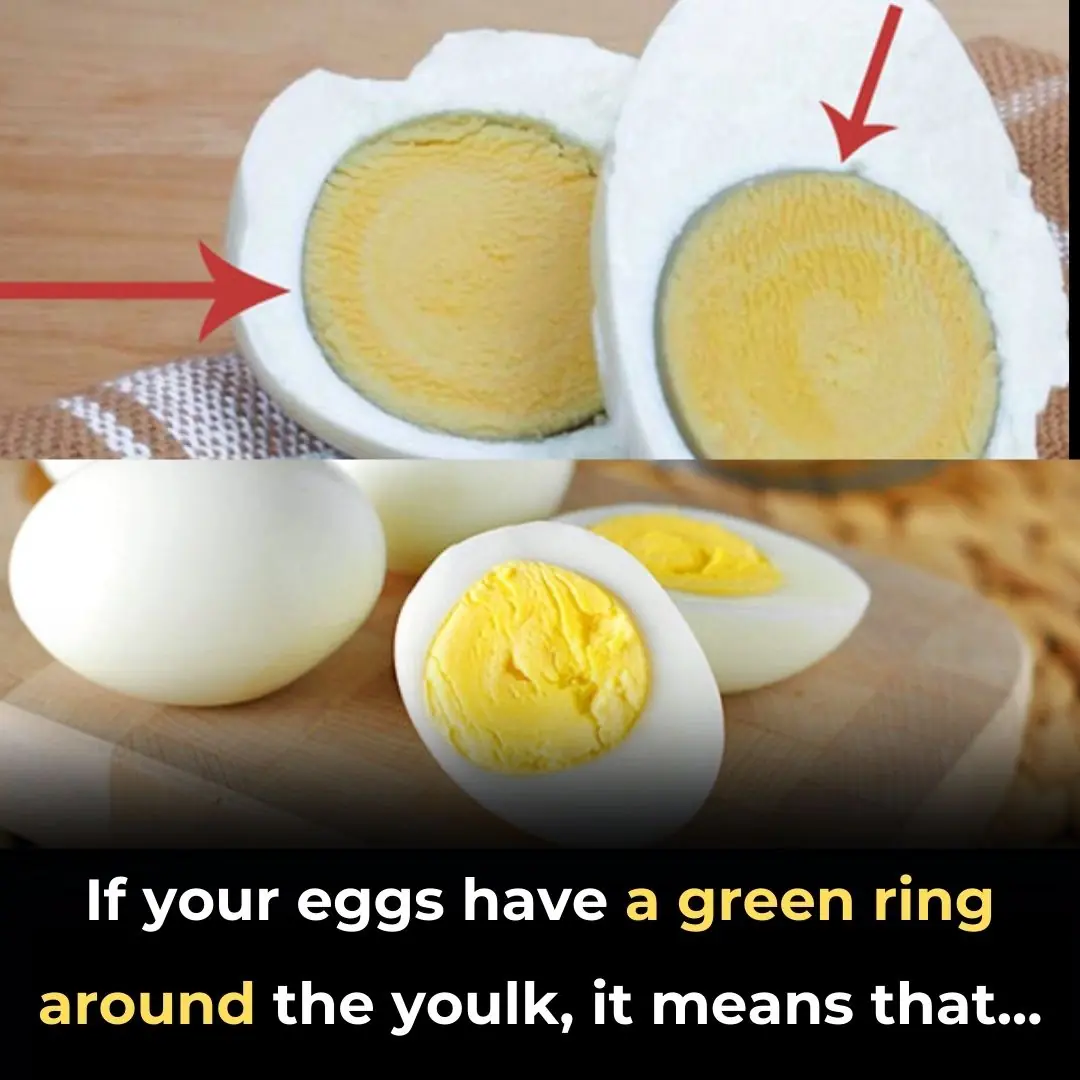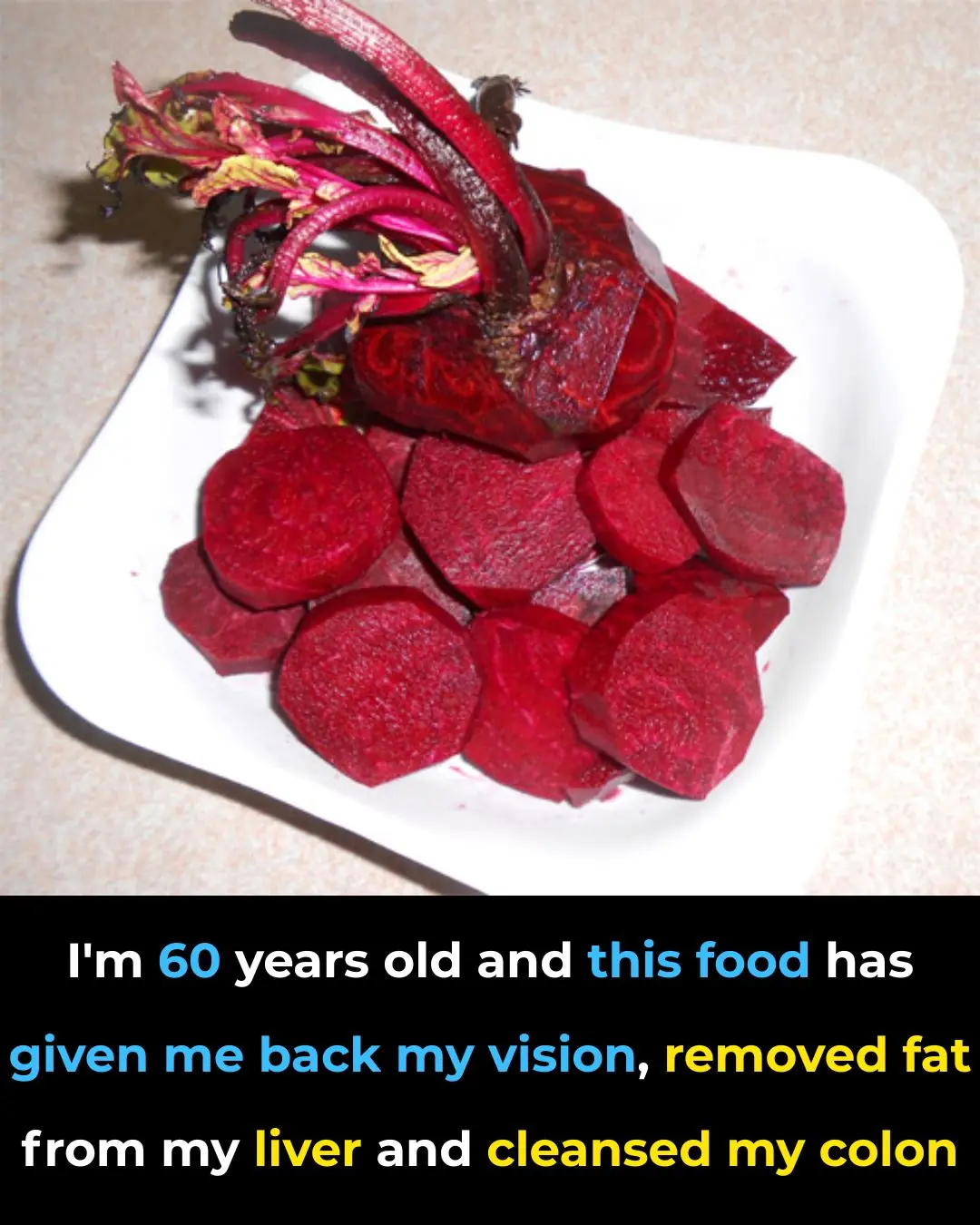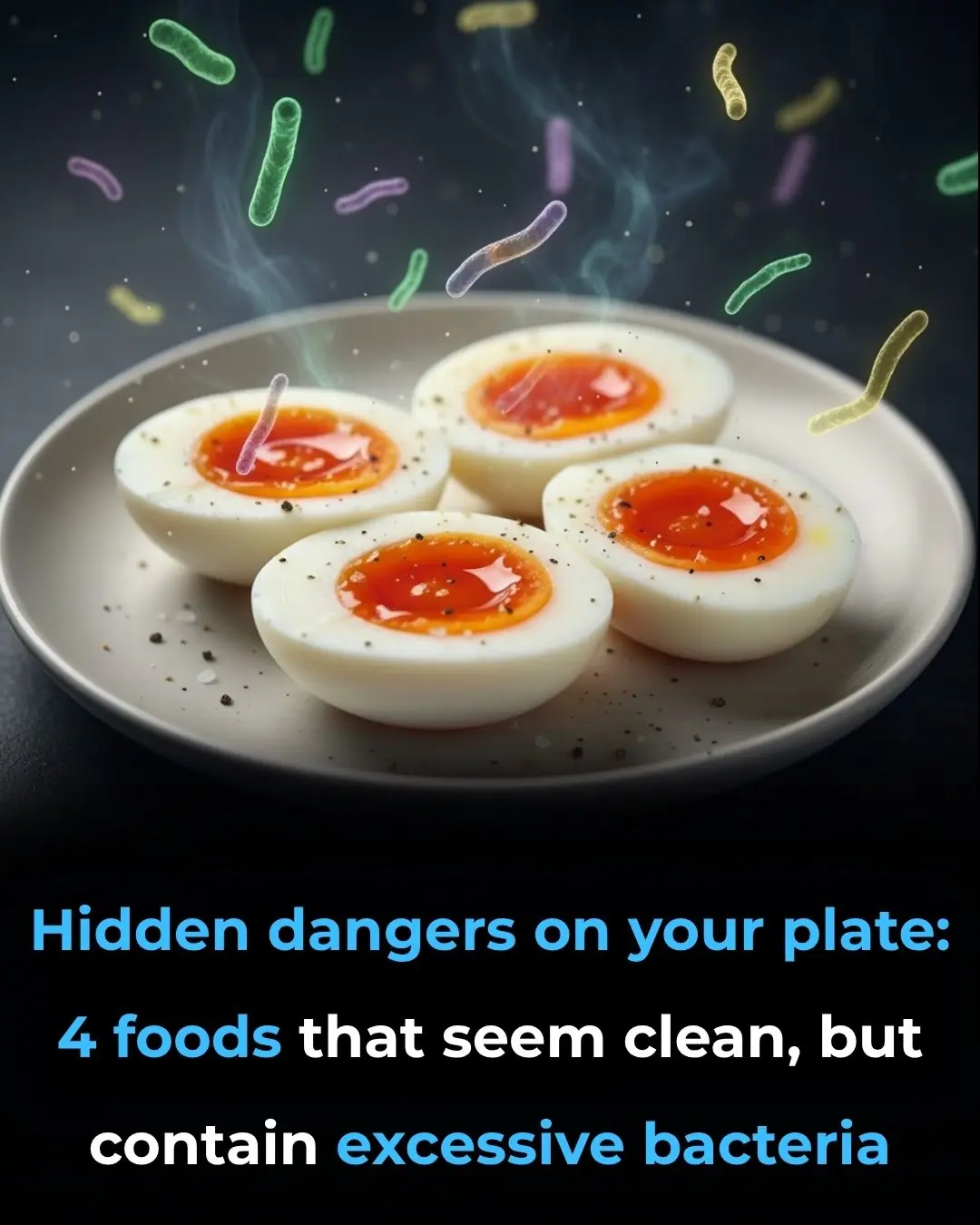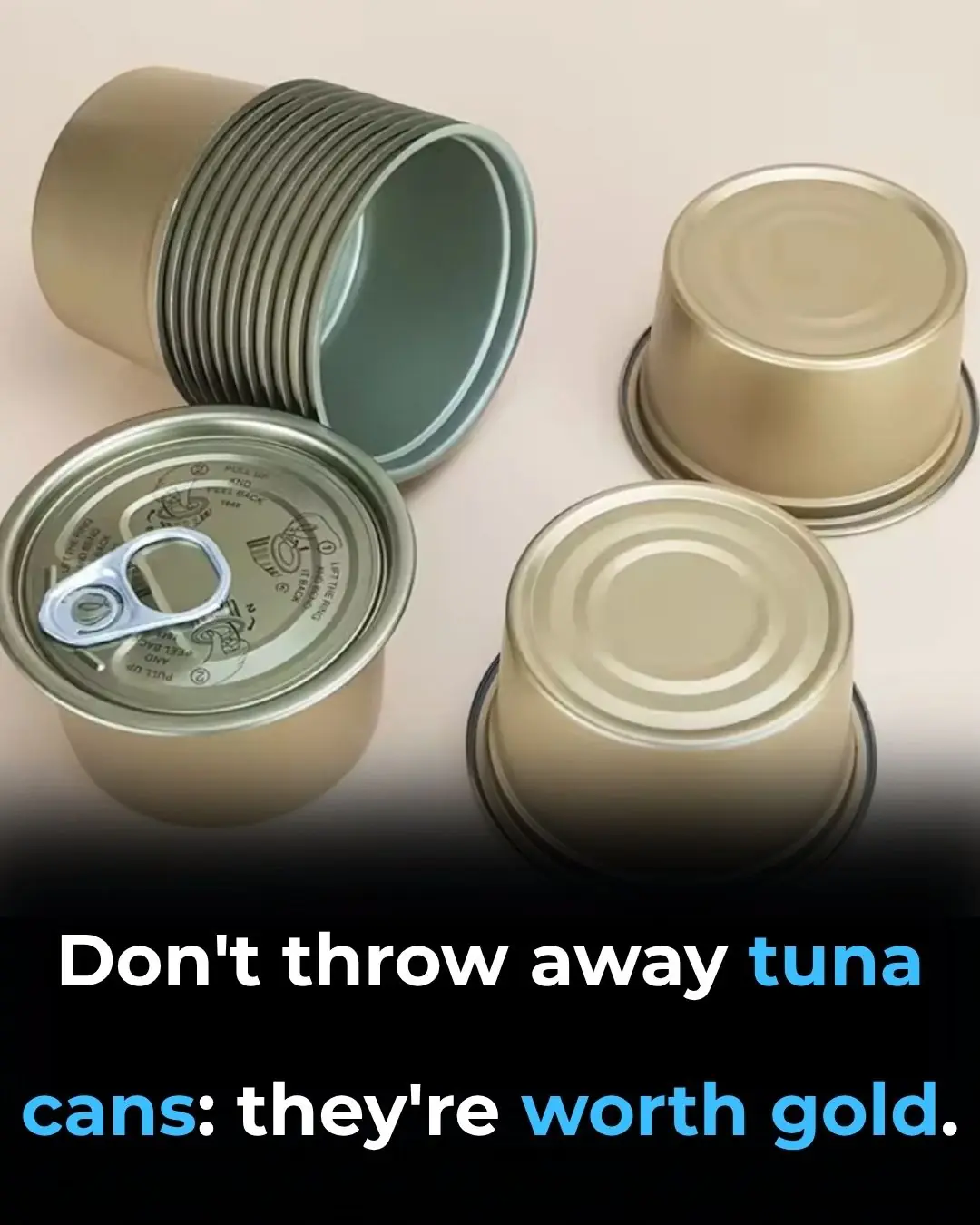
Warning: The #1 Mistake You’re Making with Canned Tuna (Avoid Mercury!)

We all know canned tuna as a quick, affordable, protein-packed meal that fits perfectly into a busy lifestyle. Toss it into a salad, mix it into pasta, or turn it into a classic tuna sandwich — it’s one of the easiest pantry staples to rely on.
But what if that convenient can of tuna is quietly working against your health?
The issue lies in a powerful toxin: mercury.
This heavy metal can build up in your tissues over time and affect your brain, nervous system, and cardiovascular health — often without you noticing until symptoms appear. And here’s the twist: not all tuna contains the same amount of mercury. Depending on the species, some cans may have relatively low levels, while others carry significantly more.
Understanding these differences can make all the difference for your long-term well-being.
What Exactly Is Mercury — and Why Does It End Up in Tuna?
Mercury is a naturally occurring heavy metal found deep within the Earth’s crust. However, human activities — especially coal burning, mining, and industrial waste — release large amounts into the atmosphere. From there, mercury settles into oceans, rivers, and lakes, where it undergoes a dangerous transformation.
In water, mercury is converted into methylmercury, a highly toxic compound that fish absorb. Here’s how it builds up:
-
Small fish absorb methylmercury from water.
-
Larger fish eat the smaller fish.
-
The mercury concentration grows stronger at each step.
This process is known as bioaccumulation, and it’s the reason large predatory fish like tuna end up with much higher levels of mercury than smaller species.
When humans eat these contaminated fish, the mercury transfers to us — and because our bodies eliminate it slowly, it can accumulate over time. This is especially concerning for:
-
Pregnant women
-
Young children
-
Individuals with neurological conditions
-
People who eat large amounts of tuna weekly
Overexposure may affect memory, concentration, sensory nerves, and even heart function. While moderate tuna consumption is generally safe for most adults, understanding the differences between tuna types is crucial.
The #1 Mistake People Make With Canned Tuna
Most people grab a can of tuna without thinking twice, assuming all tuna is the same.
But it isn’t.
Different tuna species contain vastly different levels of mercury — and choosing the wrong one could mean much higher exposure than you realize.
Here are the three main types of tuna found in stores:
1. Skipjack Tuna (Safest Choice)
-
Often labeled simply as “tuna” or “light tuna.”
-
Contains the lowest mercury levels (around 0.12 ppm).
-
Great for regular or frequent consumption.
2. Yellowfin Tuna (Moderate Mercury)
-
Often labeled as “yellowfin” or sometimes “light.”
-
Has about 0.35 ppm of mercury — nearly triple skipjack.
-
Fine occasionally, but best consumed in moderation.
3. Albacore Tuna (Highest Mercury)
-
Labeled as “albacore” or “white tuna.”
-
Contains the highest mercury levels — up to 0.50 ppm.
-
The FDA and EPA recommend limiting intake significantly, especially for pregnant individuals and children.
Pro Tip: If the label doesn’t specify the species, it’s usually skipjack — but it’s always safer to double-check.
3 More Common Mistakes When Eating Canned Tuna
1. Not Reading the Label
Many people assume all cans are the same, but packaging tells you:
-
The species
-
Whether it's packed in oil or water
-
Source location (some regions have higher mercury levels)
Taking 10 seconds to read the label can dramatically lower your mercury exposure.
2. Eating Tuna Too Frequently
Even low-mercury tuna can become a problem if eaten excessively.
U.S. dietary guidelines suggest around 8 ounces (227 g) of seafood per week — not just tuna. To reduce mercury intake, try rotating tuna with:
-
Salmon
-
Sardines
-
Anchovies
-
Trout
-
Mackerel (low-mercury species)
These fish also provide high omega-3s with lower contamination.
3. Not Draining the Tuna Properly
Poorly drained tuna can lead to watery tuna salad and diluted flavors.
Use a strainer or press the lid firmly to remove excess liquid.
Better drainage = better texture and better recipes.
Tuna in Oil vs. Tuna in Water: The Surprising Difference
Most people choose tuna based on calories, but the liquid matters for another reason:
Tuna in Oil
-
Mercury is lipophilic, meaning it binds to fat.
-
When you drain the oil, some of the mercury drains with it.
-
Higher in healthy fats like omega-3s and vitamin D.
-
Higher calories — but often better flavor.
Tuna in Water
-
Lower in calories, but tends to retain more mercury.
-
Less flavorful and often drier.
If minimizing mercury is your top priority, well-drained tuna in oil may actually be the smarter choice.
How to Enjoy Tuna Safely
You don’t need to give up tuna to protect your health — you just need to choose wisely.
Here are the golden rules:
-
✔️ Choose skipjack (“light tuna”) most of the time.
-
✔️ Limit albacore to occasional consumption.
-
✔️ Rotate with other low-mercury seafood.
-
✔️ Drain your tuna thoroughly.
-
✔️ Check labels for transparency — some brands offer mercury testing data.
Tuna is nutritious, rich in protein, omega-3 fatty acids, vitamin D, and essential minerals. With a little awareness, you can enjoy all of these benefits without unnecessary risks.
Final Thoughts
Canned tuna doesn’t need to be a hidden health hazard. The key is understanding the differences between tuna species, reading labels carefully, and keeping your weekly intake in check. With smarter choices, tuna can remain a valuable, convenient, and delicious part of your diet — minus the worry.
So next time you’re in the grocery aisle, take a moment to choose the right can.
Your brain, nervous system, and long-term well-being will thank you.
News in the same category


The shocking truth about vitamins and blood clots in your legs

Doctors Reveal That Consuming Pineapple Causes Remarkable Health Benefits

These 4 common prescription drugs may be silently damaging your nerves

🍎 Beet & Citrus Juice: A Nutritious Drink Packed With Antioxidants (Not a ‘Cleanse’)

The #1 fastest way to reverse liver and kidney damage

Humans are still evolving, and we’re losing our teeth

Numbness Or Tingling Sensations In Your Hands

Eat okra every day? Here’s what happens to your body!

The Hidden Health Risks of 4 Foods You Thought Were Clean

Research Shows That Music Significantly Boosts Infant Brain Development

Holy basil shown to cut stress hormone cortisol by 36% in 40 minutes

Spotting Silent High Blood Pressure: 5 Warning Signs You Must Not Overlook

Woman reveals 5 colon cancer symptoms that shouldn’t be ignored

These 14 Foods Will Improve Your Kidneys’ Ability To Detox Like Never Before!

TO PREVENT STROKE, REMEMBER THE ‘3 DON’TS’ AFTER MEALS AND ‘4 DON’TS’ BEFORE BED — STAY SAFE AT ANY AGE

HOW TO GET RID OF PHLEGM AND MUCUS IN YOUR CHEST AND THROAT

5 Early Symptoms of Stomach Cancer That Help With Timely Detection

Anyone Who Wants to Avoid Having a Stroke Needs to Start Eating these 15 Foods Immediately
News Post

KaBu’s Last Day in Chains — and His First Day of Freedom.

JUST MAKE THE RACK THIS WAY

Kirsty Gallacher says brain tumour is 'growing very fast' in worrying health update

Strictly’s George Clarke supported after heartbreaking confession ahead of live show: ‘It’s hard’

Lola Petticrew was in ‘revolutionary’ drama Say Nothing before Trespasses – and it has an impressive Rotten Tomatoes score

The Lip Color You Pick Reveals What Kind of Woman You Are

EVERYTHING TOM FELTON HAS SAID ABOUT JK ROWLING CONTROVERSY AS HE RETURNS TO HARRY POTTER

Doctors reveal that eating guava causes...

Why Your Hard-Boiled Eggs Have That Weird Green Ring

Big Brother kicks out two stars in cutthroat move days before final

Don’t Toss That Tuna Can

Yeast & Coffee Erase All Wrinkles in 3 Minutes – Even at 70

KELLY BROOK ADMITS WHY SHE SPLIT UP FROM EX-FIANCÉ JASON STATHAM AFTER SEVEN-YEAR RELATIONSHIP

Glow Like Never Before: The Banana and Carrot Face Mask That Defies Aging 🌟

BBC Unveils Daytime Shake-Up with New Shows Fronted by Vernon Kay and Ronan Keating 📺

The shower head is easily clogged after long use. This way, the dirt will drain away by itself and replace it with a new one

🎭 Emmerdale 'Too Dark' Debate: Viewer Poll Reveals Audience is Sharply Divided

The shocking truth about vitamins and blood clots in your legs

BBC Orders Immediate Lockdown for Celebrity Race Across the World Contestants Due to Violent Guatemala Uprising
